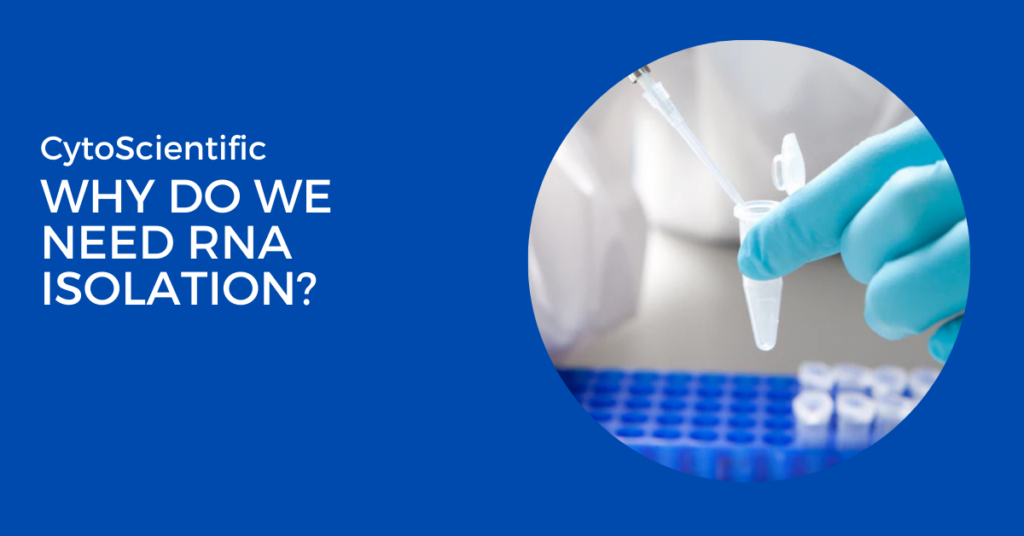In molecular biology and biotechnology, RNA isolation is a basic procedure that allows researchers to examine the genetic and functional processes that occur within cells. Ribonucleic acid, or RNA, is essential for both controlling cellular functions and transferring genetic information. By isolating RNA, scientists may examine gene expression and gain understanding of how cells behave both normally and abnormally. To help understand biological processes, for example, RNA level measurements can show which genes are active in response to stress, medications, or environmental changes.
Research on diseases also depends on this mechanism. Changes in RNA levels or function are linked to a number of diseases, including cancer and genetic abnormalities. Scientists can discover these alterations, find illness biomarkers, and create diagnostic instruments with the aid of isolated RNA.Additionally, it is essential to the development of RNA-based treatments that have transformed medicine, such mRNA vaccinations.
Advanced molecular biology methods such as reverse transcription-PCR (RT-PCR), RNA sequencing, and microarray analysis rely on high-quality RNA isolation.For these techniques to yield precise and repeatable findings, researchers must ensure that RNA is pure and undamaged.Furthermore, by isolating RNA, scientists can investigate non-coding RNAs, which control gene expression and affect cellular activity, providing insights into intricate biological processes.
Key Techniques in RNA Isolation
Phenol-Chloroform Extraction
A classic method utilizing organic solvents to separate RNA from other cellular components.
Column-Based RNA Isolation
A user-friendly technique employing silica columns to bind and elute RNA.
Magnetic Bead-Based RNA Isolation
An advanced method using magnetic beads to simplify RNA purification
Why is RNA Isolation Crucial in Molecular Biology?
Uses in Research on Gene Expression
Through RNA isolation, researchers can examine how genes are expressed in various contexts, providing insights into the behavior of cells.
Function of Diagnostic Methods
RNA separation is essential in diagnostics, from tracking cancer biomarkers to identifying viral RNA in illnesses like COVID-19.
Understanding Genomics with RNA Sequencing
Gene activity and its effects on health and disease can be thoroughly understood because to high-throughput RNA sequencing.
Best Practices for Effective RNA Isolation
- Use RNase-free reagents, tools, and consumables to prevent RNA degradation.
- Work in a clean, dedicated environment to minimize contamination risks.
- Keep samples and reagents cold to preserve RNA integrity.
- Follow the protocol precisely for consistent and reliable results.
- Store isolated RNA at appropriate temperatures, such as -80°C, for long-term stability.
Innovations in RNA Isolation Technology
Conclusion: The Future of RNA Isolation
FAQs on RNA Isolation
What is RNA isolation?
RNA isolation is the process of extracting pure RNA from biological samples for research and diagnostics.Why is RNA isolation important in research?
It is essential for studying gene expression, disease mechanisms, and developing diagnostics and treatments.What are common challenges in RNA isolation?
RNA degradation and contamination are primary challenges requiring meticulous protocols.How do researchers prevent RNase contamination?
By using RNase-free tools, reagents, and maintaining a sterile environment.What are some modern RNA isolation techniques?
Automated systems and nanotechnology-based methods are leading innovations.Can RNA isolation be automated?
Yes, automated systems simplify workflows and ensure consistency.

